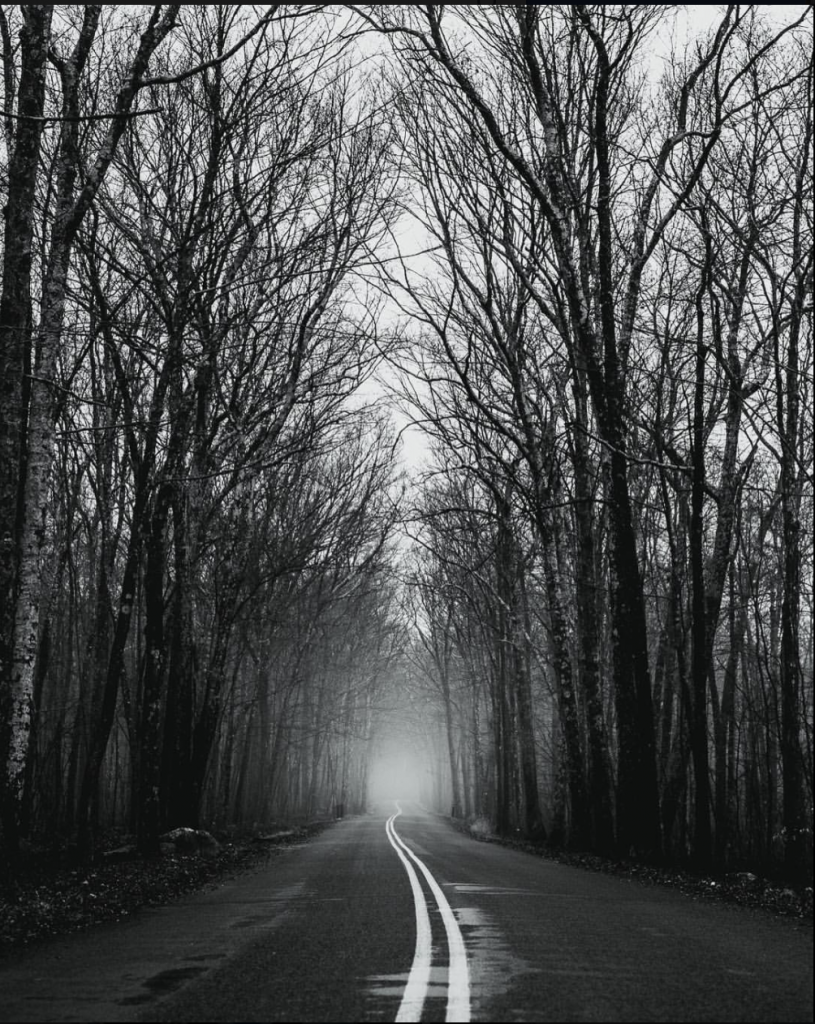Through the Storied Landscapes course, I learned a lot more than I thought I would. At the beginning of the course, I was hesitant. I did not know what I would get from the course, either as a grade or for what I would learn. I also was not sure what the final project would be, what it would look like, and overall I was really unsure with everything that would come from the course.
In the beginning, I felt a bit confused and lost. This was definitely a fault of my own, as I didn’t take the time to ask questions or ask for clarification. I felt like everyone knew what was happening in the course and I was the only one that did not know what the course was really about. I feel like this was partly due to the fact that our campus doesn’t have a COPLAC trained person on site, so I felt like I was constantly scrambling to figure things out when others already had.
Part of the problem was trying to explain what exactly COPLAC is, and then trying to explain what the class is about, what exactly we needed as far as archive materials and information. It was really hard to get the information out of the reference librarians, they didn’t realize we wanted everything about the Hoosac Tunnel, and it took us quite a few tries to get all the information we could. It wasn’t like they were withholding information, it was like there was just too much and they just didn’t want to go find it all. It was really difficult to find information or get interested in the project itself when you’re not given all the information for a project until a few weeks before the project is due.
Once we were actually given all the information about the Hoosac Tunnel, it felt like a scramble to get everything together. We definitely did not have enough time to get all we wanted done, and we definitely did not do everything we said we were going to do to the website. One of the main issues with the website is the severe lack of video.
We really wanted to create an immersive experience with videos for each page. These videos would take visitors on something like a tour of each location, and in doing so would help visitors feel more for the location, taking them into the nature and not just the history of the location.
This idea fell flat for multiple reasons.
Firstly, the weather. We are situated in the Northern Berkshires, which creates quite a lot of snow in the winter. Even when the weather forecasts say it’s not going to snow, it does. The weather forecast will say it’s sunny and it’s not snowing, but you look outside to see snowflakes and two inches of snow on the ground! The consistency of the abnormal weather patterns made it difficult to go out and go to the locations.
Another problem we had was space on my computer, and other technological issues. My computer simply did not have enough memory to handle all the videos we had (only two videos we had made) and it was incredibly difficult to try to edit and upload videos while my computer kept getting hotter and hotter, and yelling at me that there was simply no more space on it for more files.
The third problem was time. We simply did not have enough time to create all we wanted to create. I wanted to get more and more information before we actually sat down and recorded something, as I wanted all the information to be correct, have ample sources, and be interesting for the viewer with ample shots of the location. By the time we got all of our information and the weather finally settled down, there was simply no time to do everything I wanted to do. If we had more information from the beginning, maybe I would have been able to accomplish everything I wanted, but maybe not.
If I had been able to do this project again, I think I would have been more aggressive in asking for and finding information. From the beginning it felt like we did not have any information at all, which was really disheartening. By the end, it felt like we had way too much information and no time to add it all.
I also would have bought an external hard drive or something so that I would be able to have more videos added to the site without fear of running out of memory on my computer. That alone was really frustrating and I don’t want to have to do that again. If I do a project like this again I’ll be sure to have some kind of secondary memory source so that I can do all I want to do.
Overall I am really happy with how the website came out. There is so much information that we have discovered through this project, and especially in learning about North Adams, it was really rewarding doing this project. Cassie and I have even discussed continuing with research of this project, and continuing to add to the website because of how interested we are in the topic. We have really started to understand why some people have become obsessed with the Hoosac Tunnel, because there is so much history and so many secrets to discover.
I am really happy I was able to participate in this course because it really allowed me to flesh out skills I already had and add more that I never thought I would have. I’m really happy with how the project came out and I’m really happy that I want to keep looking into the tunnel’s history.

